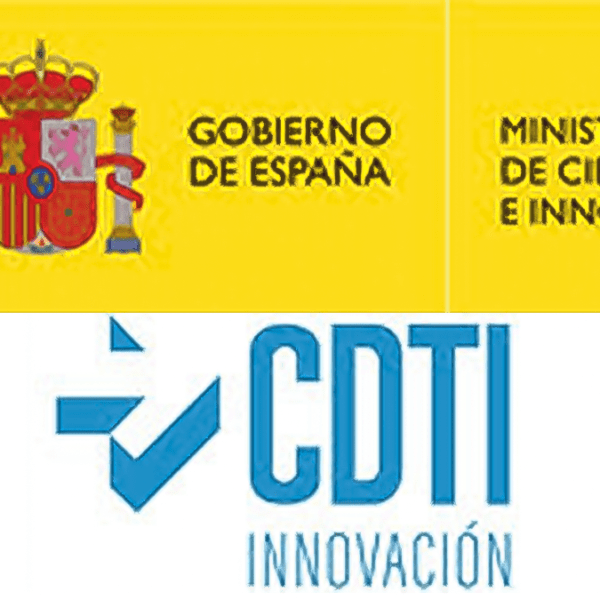For the University of Murcia in Spain, NEC Ibérica and NEC Laboratories Europe are constructing a smart campus network that will offer an experimental 5G platform for student education and research innovation. In order to increase the university’s energy efficiency, the smart campus will contain FIWARE-based data spaces and an improved Internet of Things (IoT) ecosystem.
As a pre-commercial procurement of R&D&I services, the smart campus project, dubbed “Distributed Computing Intelligence,” is being led by Spain’s “Centro para el Desarrollo Tecnológico y la Innovación” (CDTI) (Pre-commercial Public Procurement). The European Regional Development Fund (ERDF) is funding the smart campus network, which is a partnership between the University of Murcia and subject-matter technology specialists, to advance its aim of “A way of doing Europe.”
The Espinardo campus’s IoT design will integrate FIWARE, an open-source technological platform for developing smart solutions and federated data spaces, to promote innovative research. In order to ensure that their work complies with ETSI NGSI-LD, the European Union’s industry standard for context information management, students and researchers can use FIWARE to harness open-source, Internet of Things building blocks for their own projects. NEC is actively integrating edge computing extensions into the university’s smart campus, private 5G infrastructure, and IoT framework in order to implement edge computing. For the 5G IoT ecosystem, a management and orchestration (MANO) framework is also envisaged. NEC Laboratories Europe’s Ernö Kovacs, Senior Manager of Data Ecosystems and Standards, stated: “You cannot effectively separate distinct user groups without network slicing, and they can clash. One benefit of 5G is the ability to achieve isolation thanks to network slicing. This is not yet open for usage by the general public on today’s public networks.”

